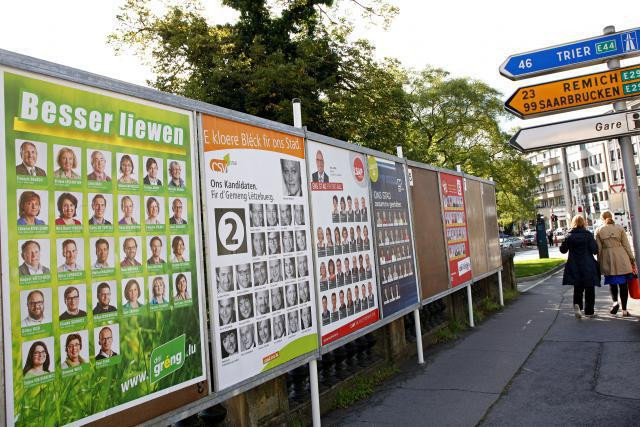According to preliminary results published by the Conseil National des Femmes du Luxembourg (CNFL), of the 1,119 people elected in the communal elections on 8 October, 277 were women (24.75%) and 842 men.
While it marks a considerable improvement over the past 30 years (in 1987, women made up 7.5% of councillors), it remains a “low proportion when considering that women make up around 50% of the Luxembourg population”, the CNFL said in its report.
In total, 3,575 people ran as candidates, of which 1,279 (35.78%) were women. The proportion is slightly lower than the 40% quota set for the 2018 legislative elections.
“When you put in perspective the 2017 results with those of previous years, the rate of female candidates and women elected has grown slowly but regularly,” the CNFL wrote, adding: “Nevertheless, the progress made by women has not improved in the same way all over the country. It depends on several criteria, notably the electoral system in the commune, the parties present and the region.”
The report noted that in only two parties, Dei Lénk and Dei Gréng, did the proportion of women candidates exceed 40% of the list in proportional voting communes.
Déi Gréng, meanwhile, recorded the highest proportion of women elected with 40.2%, followed by LSAP (27.74%), Déi Lénk (25%), DP (25.9%), CSV (25.8%) and others (17.65%). The Pirate Party, ADR and KPL parties had no female candidates elected.
Regionally, the proportion of women candidates was lower in the north of Luxembourg (25% compared with 38% in the south). The rate of women elected was also lower in the north (18% compared with 28% in the south). However, the trend has been growing steadily across regions. And there were also some substantial variations between communes.
